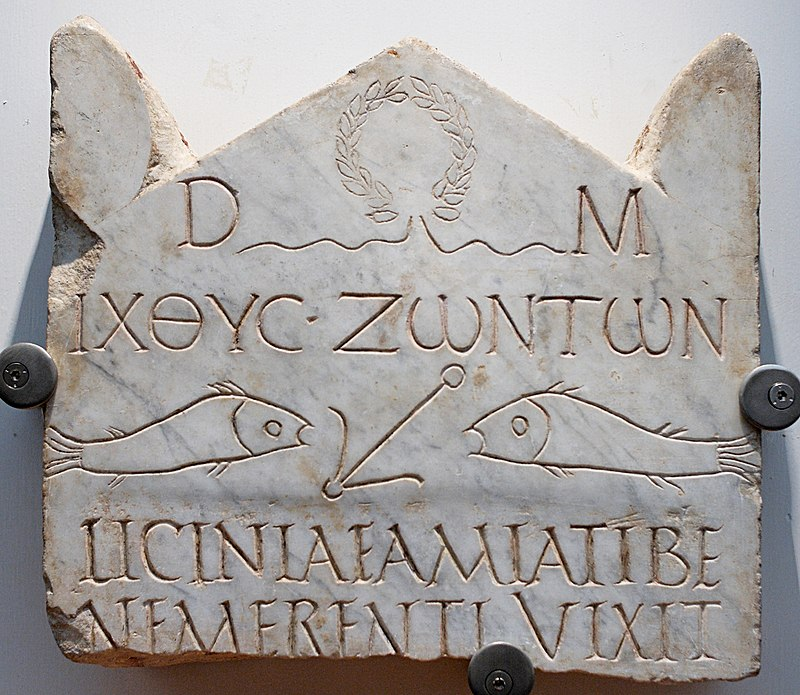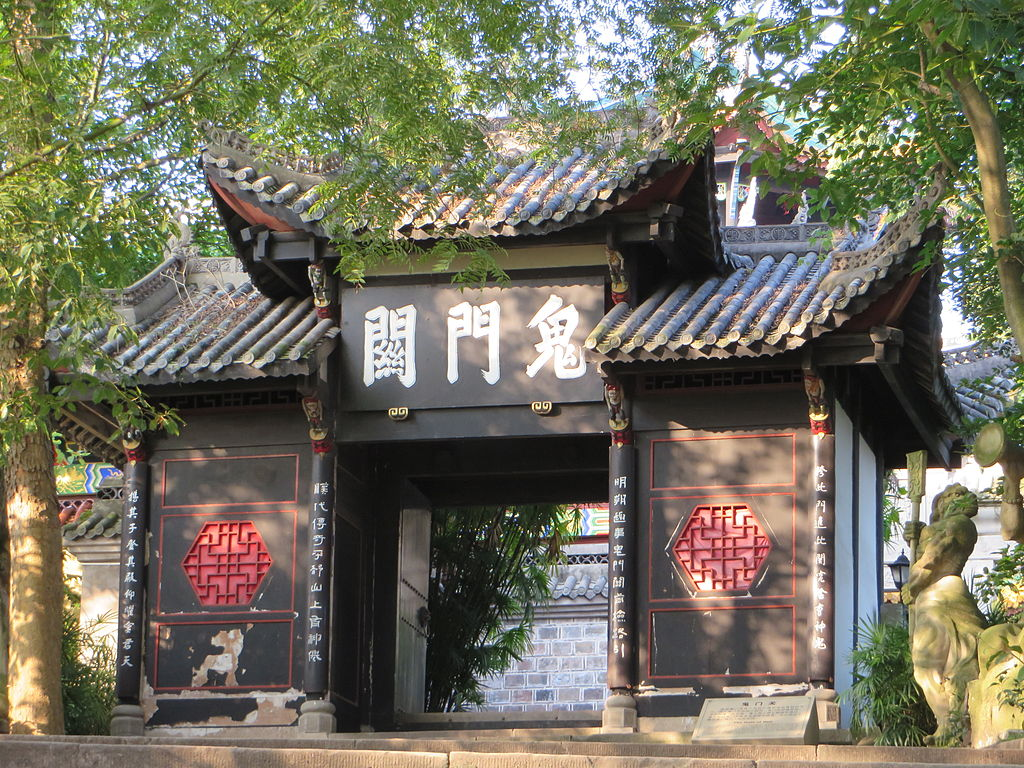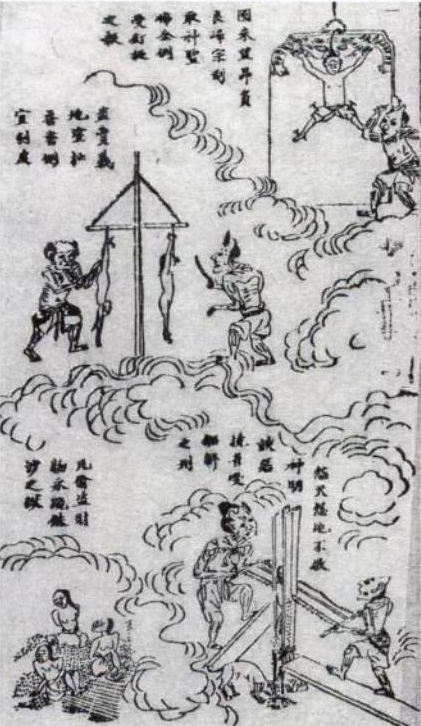Category: Entrances to Underworld
-

Manes or Di Manes
In ancient Roman religion, the Manes or Di Manes are chthonic deities sometimes thought to represent souls of deceased loved ones. They were associated with the Lares, Lemures, Genii, and Di Penates as deities (di) that pertained to domestic, local, and personal cult. They belonged broadly to the category of di inferi, “those who dwell below,” the undifferentiated collective of divine dead. The Manes were honored during the Parentalia and Feralia in February.…
-

Gate of the Ghosts
The Gate of the Ghosts (simplified: 鬼门关; traditional: 鬼門關), or Devil’s Gate, Demon Gate, known as Guimen guan in Chinese, is a pass in the Underworld in Chinese mythology. The gate is a pailou (also known as a paifang, a traditional style of Chinese architectural arch or gateway structure) with the words “Gate of the Ghosts” written on the horizontal plaque. Legend has it that on their way to the Ghost Country, the…
-

Diyu (‘earth prison’) is the realm of the dead in Chinese mythology
Diyu (simplified Chinese: 地狱; traditional Chinese: 地獄; pinyin: dìyù; lit. ‘earth prison’) is the realm of the dead or “hell” in Chinese mythology. It is loosely based on a combination of the Buddhist concept of Naraka, traditional Chinese beliefs about the afterlife, and a variety of popular expansions and reinterpretations of these two traditions. The concept parallels purgatory in certain Christian denomininations. Diyu is typically depicted as a…
-

Acharaca was a village of ancient Lydia with a Ploutonion or a temple of Pluto and a cave named Charonium
Acharaca was a village of ancient Lydia, Anatolia on the road from Tralles (modern Aydın, Turkey) to Nysa on the Maeander, with a Ploutonion or a temple of Pluto, and a cave, named Charonium (Ancient Greek: Χαρώνειον άντρον), where the sick were healed under the direction of the priests. There is some indication that it once bore the name Charax (Χάραξ), but that name may have belonged to…
-
Charonium at Aornum
Aornum was an oracle in Ancient Greece, located in Thesprotia in a cave called Charonium (Χαρώνειον ἄντρον or χάσμα) which gave forth poisonous vapours. The name of the cave, “Charon‘s Cave”, reflects the belief that it was an entrance for Hades, the Greek underworld. The Greek Myths (Volume 1) by Robert Graves, 1990),page 112: “… He used the passage which opens at Aornum in…
NOTES
- 🧬 Disease Table with Low Sodium Connection
- 🧂 Sodium Reduction and Sodium Replacement: A History of Reformulation and Exploding Diseases, Including Many Diseases Unheard of Before Deadly Sodium Policies
- 🧂 The DEADLY 1500 mg Sodium Recommendation predates the WHO’s formal global sodium reduction push by nearly a decade (and it’s even worse than that)
- 🧬 What Is Beta-Glucuronidase?
- When Sugar Was Salt: Crystalline Confusion and the Covenant of Sweetness
Tags
ADAM ASPARTAME Birds Blood Bones Brain Bugs Cancer Columba Cows crystallography Death Death cults Eggs Etymology Gastrin Gold Growth hormone History Hormones Insulin Liver Mere Perplexity Metal Monkey Business Mythology Paracetamol Plants Poison Pregnancy Protein Religion Reproduction Rocks Salt Slavery Snakes Sodium the birds and the bees Thiocyanate Tobacco Tylenol Underworld Venom zinc

